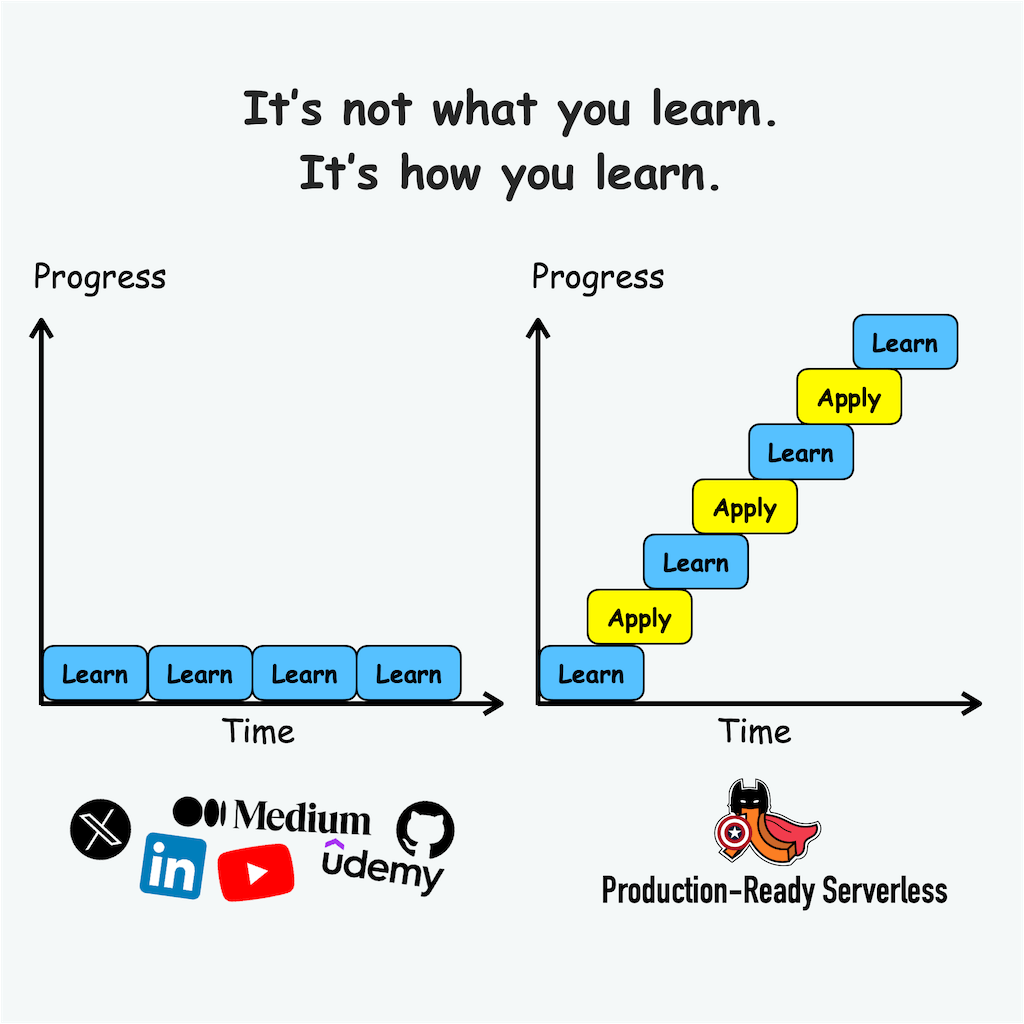
Yan Cui
I help clients go faster for less using serverless technologies.
Problem
Find the greatest product of five consecutive digits in the 1000-digit number.
73167176531330624919225119674426574742355349194934
96983520312774506326239578318016984801869478851843
85861560789112949495459501737958331952853208805511
12540698747158523863050715693290963295227443043557
66896648950445244523161731856403098711121722383113
62229893423380308135336276614282806444486645238749
30358907296290491560440772390713810515859307960866
70172427121883998797908792274921901699720888093776
65727333001053367881220235421809751254540594752243
52584907711670556013604839586446706324415722155397
53697817977846174064955149290862569321978468622482
83972241375657056057490261407972968652414535100474
82166370484403199890008895243450658541227588666881
16427171479924442928230863465674813919123162824586
17866458359124566529476545682848912883142607690042
24219022671055626321111109370544217506941658960408
07198403850962455444362981230987879927244284909188
84580156166097919133875499200524063689912560717606
05886116467109405077541002256983155200055935729725
71636269561882670428252483600823257530420752963450
Solution
open System.IO
let numbers =
File.ReadAllLines(@"C:\TEMP\euler8.txt")
|> Seq.concat
|> Seq.map (fun c -> int32(c.ToString()))
let CalcProduct numbers = numbers |> Seq.fold (fun acc n -> acc * n) 1
let maxProduct =
numbers
|> Seq.windowed(5)
|> Seq.map (fun n -> CalcProduct n)
|> Seq.max
To get the 1000 digits into the program, I copied and pasted the digits into a text file and saved it to C:\TEMP\euler8.txt.
Here you see an example of how you can use the File.ReadAllLines static method to read the contents of a text into a string array in F#. However, a string array doesn’t really help us here, so I used the Seq.concat function to merge them into a char array because mapping each char into the integer it represents.
Two things to note here:
1) why does Seq.concat return a char array as opposed to a string?
Because a string can be treated as a char[] in the same way that a Dictionary<T, V> can be treated as an IEnumerable<KeyValuePair<T, V> > and iterated as such when passed into a method which takes a IEnumerable<KeyValuePair<T, V> > as argument.
Looking at the signature of the Seq.concat function, it takes a seq<‘T list> (a sequence of lists of T, i.e. IEnumerable<IEnumerable<T> >) as argument and therefore the string[] is interpreted as IEnumerable<IEnumerable<char> > and concatenated into IEnumerable<char>.
The same is applied to all the List/Array/Seq functions when used on a string.
2) why is ToString() needed when casting a char to int32?
Because int32(char) will give you the unicode value of that char! For example,
int32('c') // this is legal and returns 99
int32("c") // this is illegal
int32('1') // this returns 49
int32("1") // this returns 1
Moving on, the next line defines a helper function which takes a list of numbers and multiply them together, i.e [x; y; z] => x * y * z. I have done this with the Seq.fold function which applies a function to each element of the list whilst keeping an accumulator throughout, similar to the Enumerable.Aggregate method in Linq. In this particular case, the accumulator starts off at 1, and iteratively multiplied by the elements in the list:
let CalcProduct numbers = numbers |> Seq.fold (fun acc n -> acc * n) 1
It’s worth noting that this function will return 1 if used on an empty array which is not the correct behaviour, but for the purpose of solving the problem at hand it can be safely assumed that this will never happen.
Finally, in the last part of the solution, you will notice yet another new function Seq.windowed, which iterates through the elements in the list yielding a sliding windows of 5 elements:
numbers |> Seq.windowed(5);; val it : seq<int32 []> = seq [[|7; 3; 1; 6; 7|]; [|3; 1; 6; 7; 1|]; [|1; 6; 7; 1; 7|]; [|6; 7; 1; 7; 6|]; ...]
I then calculate the product for each of the 5 digit arrays and find the greatest product:
|> Seq.map (fun n -> CalcProduct n)
|> Seq.max
Whenever you’re ready, here are 4 ways I can help you:
- If you want a one-stop shop to help you quickly level up your serverless skills, you should check out my Production-Ready Serverless workshop. Over 20 AWS Heroes & Community Builders have passed through this workshop, plus 1000+ students from the likes of AWS, LEGO, Booking, HBO and Siemens.
- If you want to learn how to test serverless applications without all the pain and hassle, you should check out my latest course, Testing Serverless Architectures.
- If you’re a manager or founder and want to help your team move faster and build better software, then check out my consulting services.
- If you just want to hang out, talk serverless, or ask for help, then you should join my FREE Community.

Pingback: Project Euler — Problem 9 Solution | theburningmonk.com
Pingback: Project Euler — Problem 22 Solution | theburningmonk.com
solution without high level functions:
open System.IO
let find5 list =
let rec loop list’ greatest =
match list’ with
|n1::n2::n3::n4::n5::tl -> loop (n2::n3::n4::n5::tl) (max greatest (n1*n2*n3*n4*n5))
|_ -> greatest
loop list 0
let numbers =
File.ReadAllLines(@”C:\euler\8.txt”)
|> Seq.concat
|> Seq.map (fun c -> int32(c.ToString()))
|> Seq.toList
let p8 = find5 numbers
When I went to this problem it asks for the product of the 13 adjacent digits with the largest product. My solution is nearly identical to yours (I used seq.reduce vs seq.fold), and presumably yields the same answer (9x9x8x7x9 = 40824)
I change the argument to “windowed” to 13 and get
([|9; 7; 8; 1; 7; 9; 7; 7; 8; 4; 6; 1; 7|], 2091059712)
But Euler says this is not correct. Weird.
Your solution is probably correct, but with 13 digits it likely overflowed. Try using int64 instead, and a good practice when working on Project Euler problems is to “open Checked” so you don’t get surprised by silent overflows/underflows.
Ah, you’re right, of course. Total rookie mistake I should have thought of on my own.
Thanks!
no worries! I’ve been stung by overflows so many times in the past, coding challenges love to throw that in as a surprise ;-)